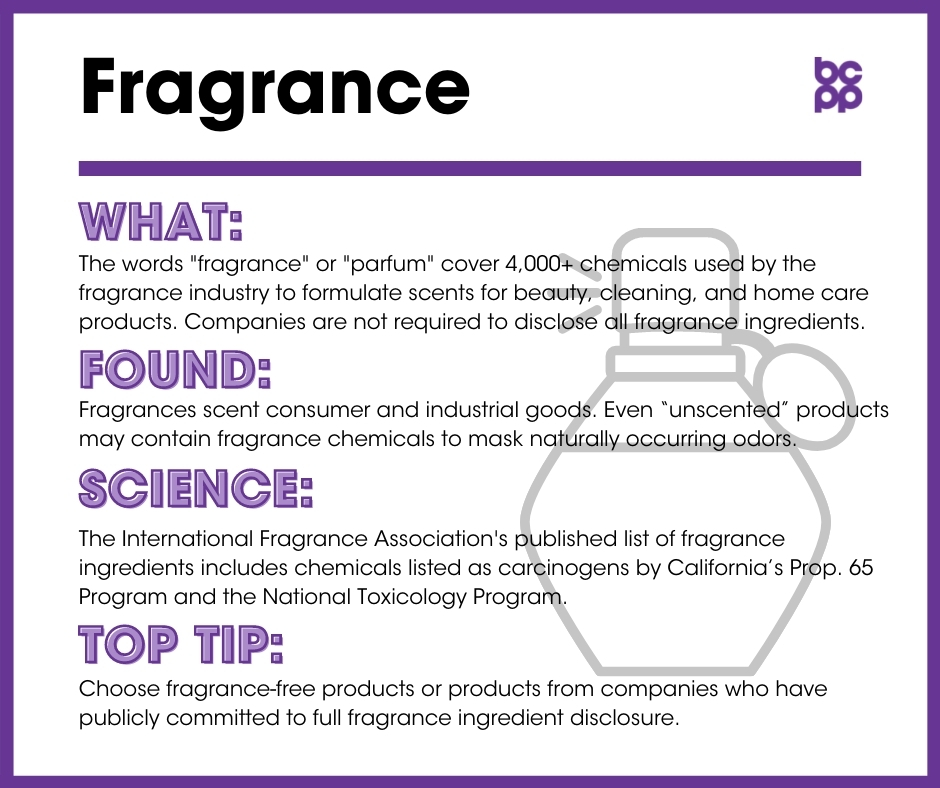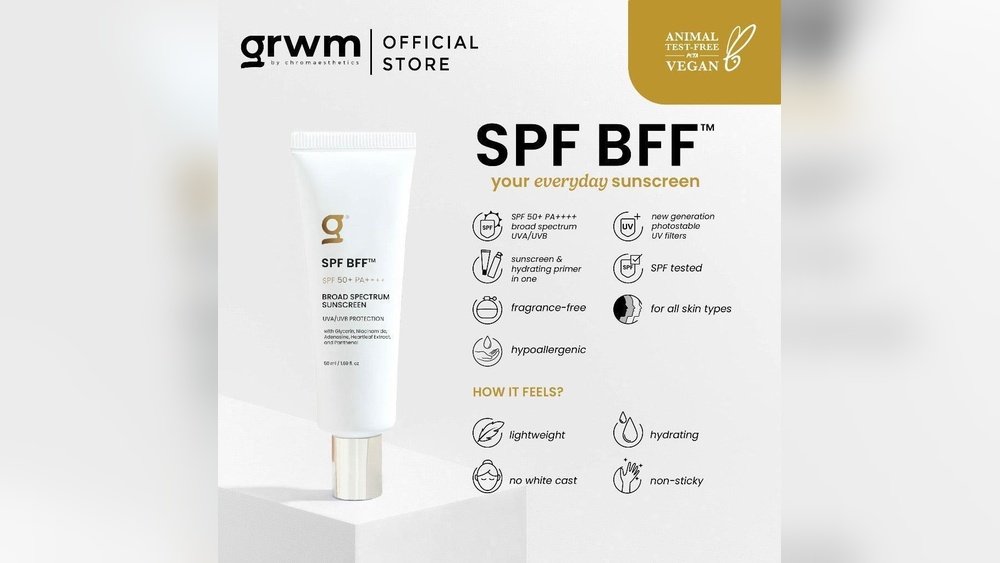You want your cosmetics to be gentle on your skin, especially if you’re sensitive or allergic to fragrances. But how can you be sure a product is truly fragrance free?
Many products claim to be, yet sneaky scents or hidden ingredients might still cause irritation. Knowing how to test for fragrance free cosmetics is key to protecting your skin and making smart choices. You’ll discover simple, effective ways to identify fragrance free products and avoid those that could harm your skin.
Keep reading to learn how to confidently pick cosmetics that are safe, soothing, and truly fragrance free.

Credit: www.amazon.com
Spotting Fragrance Ingredients
Spotting fragrance ingredients in cosmetics can be tricky. Many products claim to be fragrance-free but still contain hidden scents. Reading labels carefully helps avoid unwanted fragrances. Understanding common terms and hidden components is key to identifying true fragrance-free items.
Common Fragrance-related Terms In Labels
Look for words like “fragrance,” “parfum,” “perfume,” or “aroma” on labels. These terms usually mean added scent is present. Some brands use “fragrance-free” but include masking scents. Always check the ingredient list closely. A product labeled “unscented” may still have fragrance to cover odors.
Hidden Fragrance Components To Watch For
Fragrance can hide under many names. Watch for ingredients like “essential oils,” “benzyl alcohol,” or “limonene.” These may cause scent or allergic reactions. Other tricky terms include “linalool,” “citral,” and “eugenol.” Even natural extracts can add fragrance. Knowing these helps pick truly fragrance-free cosmetics.
Sniff Test Techniques
Testing cosmetics for fragrance involves more than just reading labels. The sniff test is a simple way to detect scents in products. It helps identify hidden fragrances that labels may not clearly reveal. This method requires careful technique to avoid false results or irritation.
Using sniff test techniques can help consumers find truly fragrance-free cosmetics. These techniques focus on smelling products safely and understanding the limits of scent detection. Proper sniffing can protect sensitive skin and improve product choices.
How To Smell Products Safely
Start by washing your hands before handling products. Open the product container gently to avoid strong scent bursts. Bring the product close but do not touch your nose directly. Take a small, gentle sniff to avoid overwhelming your senses.
Pause between sniffs to let your nose reset. Avoid smelling multiple products at once to prevent scent confusion. If you feel dizzy or irritated, stop immediately. Always test in a well-ventilated area to reduce scent buildup.
Limitations Of Scent Detection
Not all fragrances are easy to detect by smell. Some products have masked or very mild scents. Ingredients like preservatives or oils can hide fragrances. Your sense of smell may also weaken over time or due to health conditions.
Sniff tests cannot detect allergens or irritants that are odorless. Some fragrance-free claims may still include scent-masking ingredients. It is important to check ingredient lists alongside sniff tests. Do not rely on smell alone to confirm fragrance-free status.
Patch Testing For Allergies
Patch testing for allergies is a simple way to check if fragrance free cosmetics are safe for your skin. This test helps identify any allergic reactions before using new products widely. It reduces the risk of redness, itching, or swelling caused by hidden allergens.
Patch testing is especially important because some products labeled “fragrance free” may still contain ingredients that irritate sensitive skin. Testing at home allows you to be sure the product suits your skin type without causing harm.
Conducting A Patch Test At Home
Choose a small area of skin, like the inside of your wrist or elbow. Apply a small amount of the cosmetic product to this spot. Leave it uncovered and avoid washing the area for 24 to 48 hours. Watch for any signs of irritation such as redness, itching, or bumps. If no reaction occurs, the product is likely safe to use on your face or body.
When To See A Dermatologist
See a dermatologist if you experience severe itching, swelling, or blistering after the patch test. A doctor can perform professional allergy tests to identify specific triggers. They provide advice on safe products and treatment options. Consulting a dermatologist is important for persistent or worsening skin reactions.

Credit: www.bcpp.org
Using Online Ingredient Databases
Online ingredient databases make testing for fragrance-free cosmetics easier. They offer detailed information about product ingredients. These tools help identify hidden fragrances not obvious on the label. Using these databases saves time and reduces guesswork when choosing skincare products.
Popular Cosmetic Ingredient Checkers
Several ingredient checkers stand out for their reliability and ease of use. Think Dirty shows product safety ratings and flags fragrances. INCI Decoder explains cosmetic ingredients in simple terms. EWG’s Skin Deep provides health scores and highlights fragrance components. These sites cover many brands and update their databases regularly.
Interpreting Ingredient Lists Effectively
Ingredient lists can be long and confusing. Look for terms like “fragrance,” “parfum,” or “aroma.” These words usually mean added scent. Natural essential oils may also cause fragrance effects. Check each ingredient carefully and compare it with database information. This approach helps confirm a product is truly fragrance-free.
Choosing Trusted Fragrance-free Brands
Choosing trusted fragrance-free brands is key to safe skincare. Many products claim to be fragrance-free, but not all are truly free of scents. Genuine fragrance-free products avoid added perfumes and masking agents. This reduces the risk of irritation and allergic reactions. Picking brands known for clear labeling and quality helps you test cosmetics with confidence.
Top Brands Offering Fragrance-free Options
Several well-known brands focus on fragrance-free cosmetics. Vanicream makes skincare products that suit sensitive skin. CeraVe offers cleansers and moisturizers without added scents. La Roche-Posay has a range designed for allergy-prone skin. These brands list ingredients clearly and avoid unnecessary fragrances. Their products undergo testing to ensure they meet fragrance-free standards.
Certifications And Labels To Trust
Look for certifications that prove a product is fragrance-free. The National Eczema Association seal shows suitability for sensitive skin. The FDA does not certify fragrance-free, but trusted brands follow strict rules. “Fragrance-free” and “unscented” labels differ; true fragrance-free means no scent added. Checking ingredient lists helps spot hidden fragrances like “parfum” or “aroma.” Choose products with clear, honest labeling to avoid surprises.

Credit: www.shutterstock.com
Frequently Asked Questions
How To Test For Fragrance Allergy?
Test for fragrance allergy through patch testing by a dermatologist. They apply small allergen amounts to your skin and check reactions. Keep a detailed history of skin rashes and product use to aid diagnosis. Avoid suspected fragranced products during testing for accurate results.
How To Tell If Skincare Has Fragrance?
Check the ingredient list for terms like “fragrance,” “parfum,” or “perfume. ” Also, smell the product; a scent indicates fragrance presence.
How To Do Fragrance Testing?
Use clean scent strips and dip them into fragrance oil. Wave gently to evaporate solvents. Sniff strip held a few inches away to evaluate scent. Repeat to confirm fragrance notes and strength.
What Makeup Brands Are Fragrance Free?
Clinique, Laura Mercier, Jane Iredale, and Chantecaille offer fragrance-free makeup products. Always check labels for “fragrance” or “parfum” to confirm.
What Does Fragrance Free Mean In Cosmetics?
Fragrance free means no added scent or masking agents in the product.
How Can I Identify Fragrance Free Cosmetics?
Check ingredient labels for “fragrance,” “parfum,” or “aroma” words. Avoid if present.
Is Smelling The Product A Good Way To Test Fragrance Free?
Yes, a quick sniff can reveal added scents despite label claims.
Conclusion
Testing for fragrance-free cosmetics helps protect your skin from irritation. Always check the ingredient list carefully for hidden fragrances. Use a small patch test on your skin before full use. Smell the product to detect any scent, even if it claims to be fragrance-free.
Choose brands known for clear labeling and simple ingredients. Taking these steps reduces the risk of allergic reactions. Your skin will thank you for the extra care. Stay informed and cautious when selecting cosmetics. Simple testing leads to safer, happier skin every day.
 Skip to content
Skip to content 